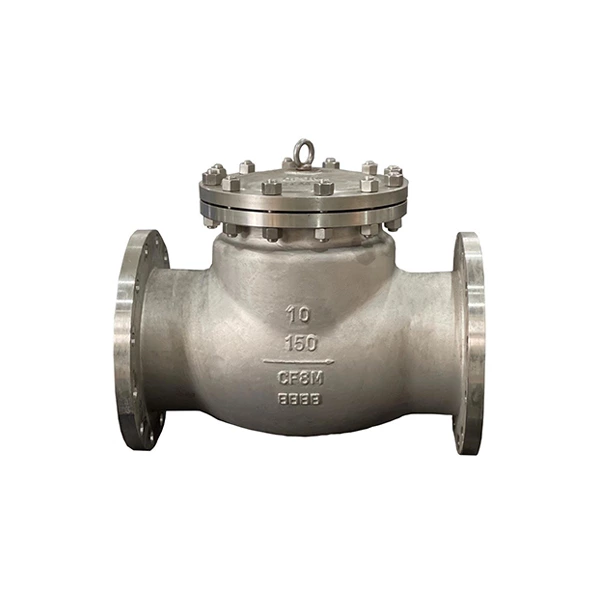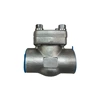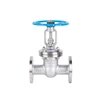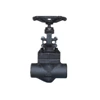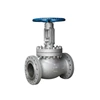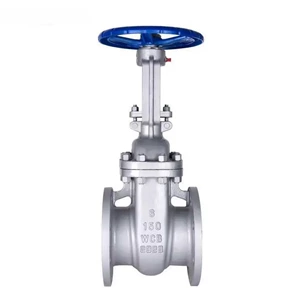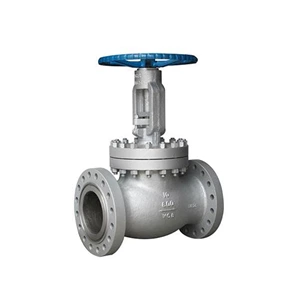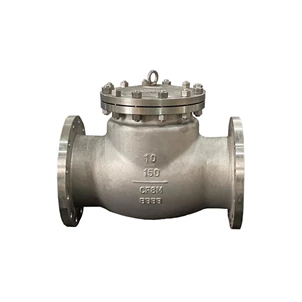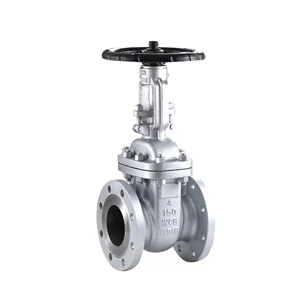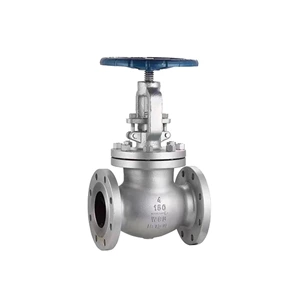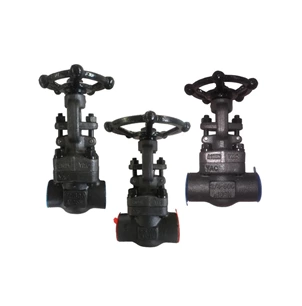How To Deal With Stuck Or Clogged Cast Steel Check Valve
Cleaning method
Welding slag, rust, slag, etc. in the pipeline cause blockage or jamming in the throttle, guide part, and balance hole of the lower valve cover, causing strain and scratches on the valve core curved surface and guide surface, and indentation on the sealing surface. This often occurs in the initial operation of the new system and after overhaul. This is a common fault. In this case, it must be removed for cleaning to remove the slag. If the sealing surface is damaged, it should be ground; at the same time, the bottom plug should be opened to flush out the slag that falls into the lower valve cover from the balance hole, and the pipeline should be flushed. Before commissioning, let the Cast Steel Check Valve fully open, and the medium will flow for a period of time before it is put into normal operation.
External flushing method
When ordinary valves are used to adjust some media that are easy to precipitate and contain solid particles, they are often blocked at the throttle and guide. Flushing gas and steam can be connected externally at the bottom plug of the lower valve cover. When the valve is blocked or stuck, open the external gas or steam valve to complete the flushing work without moving the cast steel check valve, so that the valve can operate normally.
Install pipeline filter method
For small-diameter cast steel check valves, especially ultra-small flow cast steel check valves, the throttling gap is very small, and there cannot be even a little slag in the medium. In case of blockage, it is better to install a filter on the pipeline in front of the valve to ensure the smooth passage of the medium. For cast steel check valves used with positioners, the positioner does not work properly and the blockage of the gas path throttling port is a common fault. Therefore, when working with a positioner, the gas source must be handled properly. The usual method is to install an air filter pressure reducing valve on the gas source pipeline in front of the positioner.
Increase throttling gap method
If solid particles in the medium or welding slag and rust washed away in the pipeline cannot pass through the throttling port and cause blockage, etc., you can use a throttling piece with a large throttling gap - the throttling area is a window-opening or opening type valve core, sleeve, because its throttling area is concentrated rather than circumferentially distributed, the fault can be easily eliminated. If it is a single or double seat valve, the plunger-shaped valve core can be changed to a "V"-shaped valve core, or a sleeve valve, etc. For example, a double-seat valve in a chemical plant often got stuck. After it was recommended to use a sleeve valve instead, the problem was immediately solved.
Medium flushing method
Use the flushing energy of the medium itself to flush and take away things that are easy to settle and clog, thereby improving the anti-blocking function of the valve. Common methods are: ① Change to flow-closed type; ② Use streamlined valve body; ③ Place the throttle port in a place with severe scouring. When using this method, pay attention to improving the erosion resistance of the throttling material.
Straight-through to angle method
Straight-through is an inverted S flow, with a complex flow path and many dead zones in the upper and lower cavities, which provides a place for the precipitation of the medium. Angle connection, the medium is like flowing through a 90° elbow, with good flushing performance, small dead zone, and easy to design into a streamlined shape. Therefore, when a straight-through cast steel check valve is slightly blocked, it can be changed to an angle valve.
